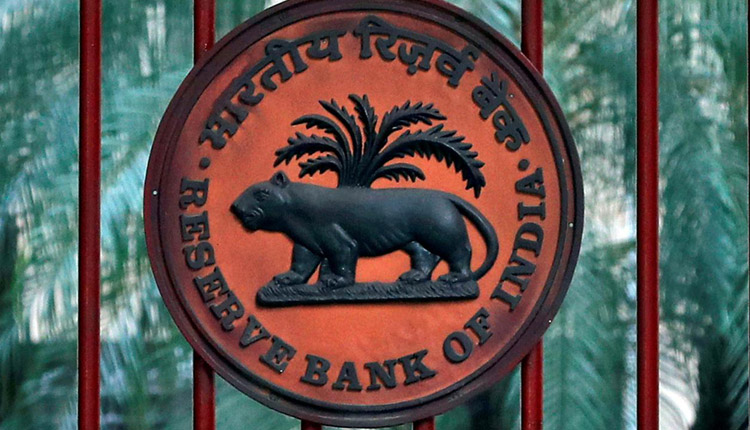RBI's New Regulations Reshape Indian Banking
Discover how India's banking sector navigates a challenging landscape with new regulatory measures and changes in lending growth driven by recent RBI directives.
Published January 02, 2025 - 00:01am

Image recovered from en.amwalalghad.com
The Indian banking sector finds itself at an intriguing crossroads as it faces a marked slowdown in loan growth, a development that is largely attributed to the recent regulatory clampdown by the Reserve Bank of India (RBI). November 2024 marks the fifth consecutive month in which loan growth has decelerated, a phenomenon reflecting the increasing caution exhibited by banks amid newly implemented RBI measures aimed at curbing excessive lending.
The RBI's intervention comes in response to concerns about excessive risk within the financial system, particularly in the context of a rapidly expanding loan market. Banks reported an overall year-on-year credit growth of 11.8% in November 2024, a downturn from the 16.5% observed in the same period in the previous year. When factoring in the merger of HDFC Bank with its parent company, the loan growth figure drops further to 10.6%, a significant decline from nearly 21% a year earlier.
This slowdown in loan growth is a result of the RBI imposing stricter capital requirements on personal loans and credit cards toward the end of 2023. These measures, designed to mitigate the risk of bad loans, have resulted in cooler credit demands. Previously, the banking sector was buoyed by robust consumer-led demand, facilitating double-digit growth. However, the recent regulatory shift underscores a move towards a more cautious approach to lending, aligning with global financial stability trends.
Despite the overall deceleration, industry loans registered an 8.1% increase, indicating a more guarded yet steadfast interest among industrial creditors. In contrast, the service sector has witnessed a decline in credit growth, particularly affecting non-banking finance companies (NBFCs). This sectoral disparity in credit growth underscores the shifting focus among banks as they navigate the RBI's warning on the risks associated with new lending models and interbank connections.
The strategic shift imposed by the RBI's regulations paints a broader picture of the Indian banking sector's endeavor to tackle systemic risks. This regulatory push is mirrored in global efforts to ensure financial stability and fortify banking systems against economic disturbances and evolving financial mechanisms. Consequently, this regulatory shift could herald mixed implications for banking stocks, with investors encouraged to closely monitor credit dynamics within specific sectors.
The emphasis on non-banking finance company links is poised to alter market dynamics, calling for an adaptive approach from banking institutions as these new regulations take effect. The Indian banking landscape's pivot towards rigorous regulatory compliance exemplifies its commitment to resilience, aligning with global paradigms that emphasize stability over rapid growth.
Indian banks' transition to more conservative lending practices also reflects the need to manage potential risks associated with their interactions with NBFCs. The central bank's concerns regarding the stress emanating from new lending practices suggest an increased vigilance around the intricate relationships between banks and NBFCs as they form a crucial part of the financial ecosystem.
As the regulatory landscape in India continues to evolve, stakeholders within the banking sector, including investors and market analysts, must recalibrate their focus to better understand the implications of these regulations. This evolving scenario necessitates a keen observation of the sector-specific credit changes, which could position banks at a unique junction poised for transformation amidst the overarching objective of ensuring financial resilience.






